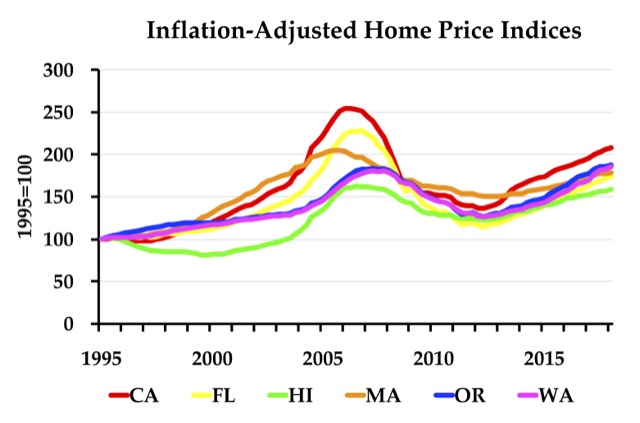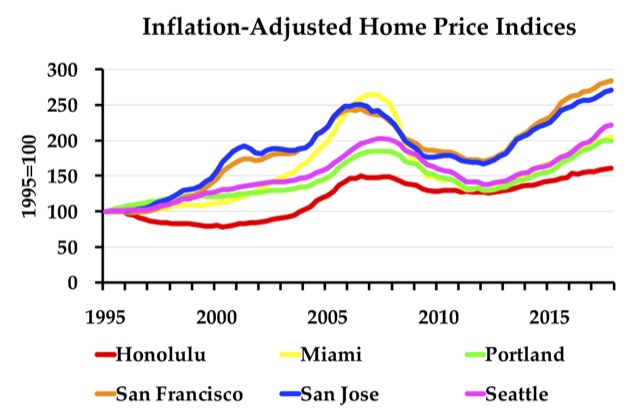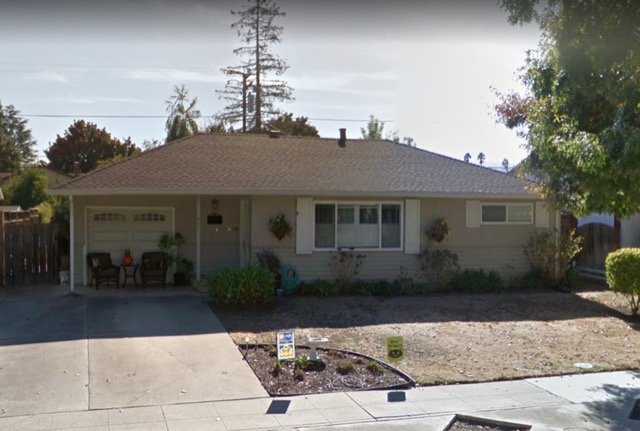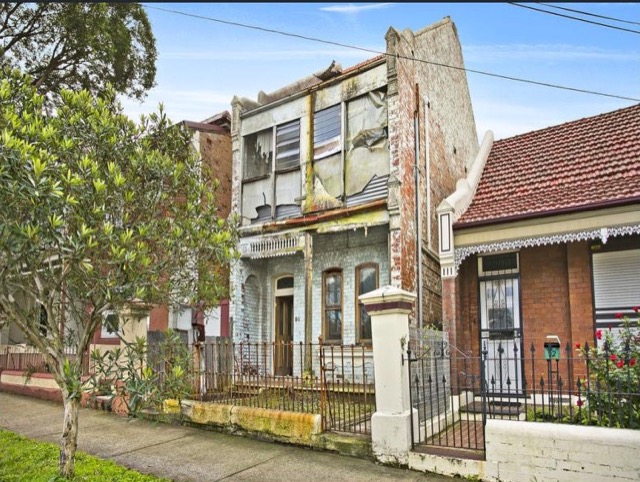“We are in a new century where we need to rethink single-family zoning,” says Robert Liberty, the man who is more responsible than anyone else for Portland’s unaffordable housing. The question any sensible person should ask is just what is behind Liberty’s obsession with and objection to single-family homes?
As of 1989, Oregon law required that Metro, Portland’s regional planning agency, maintain housing affordability by regularly expanding Portland’s urban-growth boundary. In that year, Liberty — then head of 1000 Friends of Oregon — conceived of the “land use-transportation-air quality” (LUTRAQ) project. Based on analyses by pro-density consultants, LUTRAQ purported to show that increasing urban densities would lead people to drive less and help clean up the air.
In fact, as USC planning professor Genevieve Giuliani pointed out in 1995, LUTRAQ really showed that density had very little to do with driving. Instead, the LUTRAQ model reduced driving by assuming that every business in the Portland area would charge parking fees at their offices or shopping areas equal to at least one third of downtown parking charges. Of course, the region still has free parking almost everywhere except in downtown Portland. Continue reading












